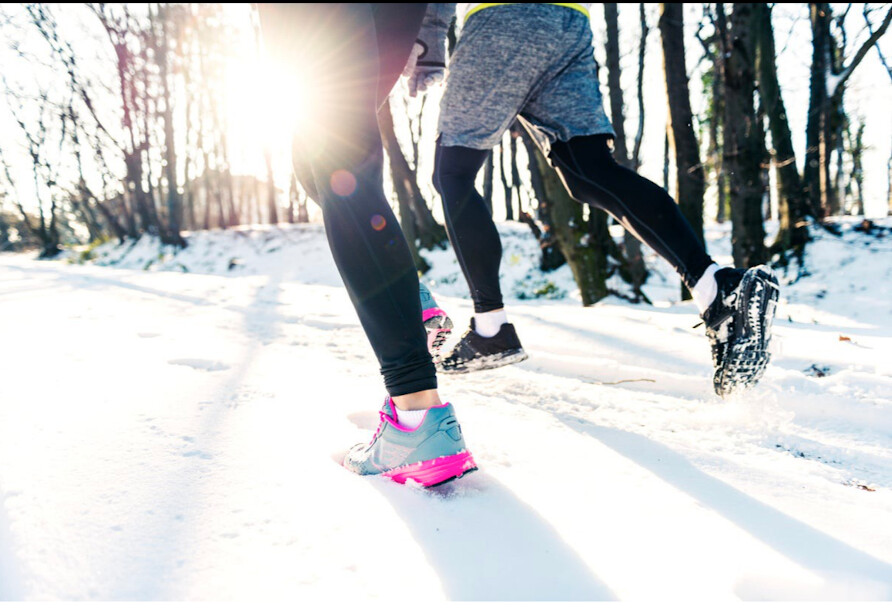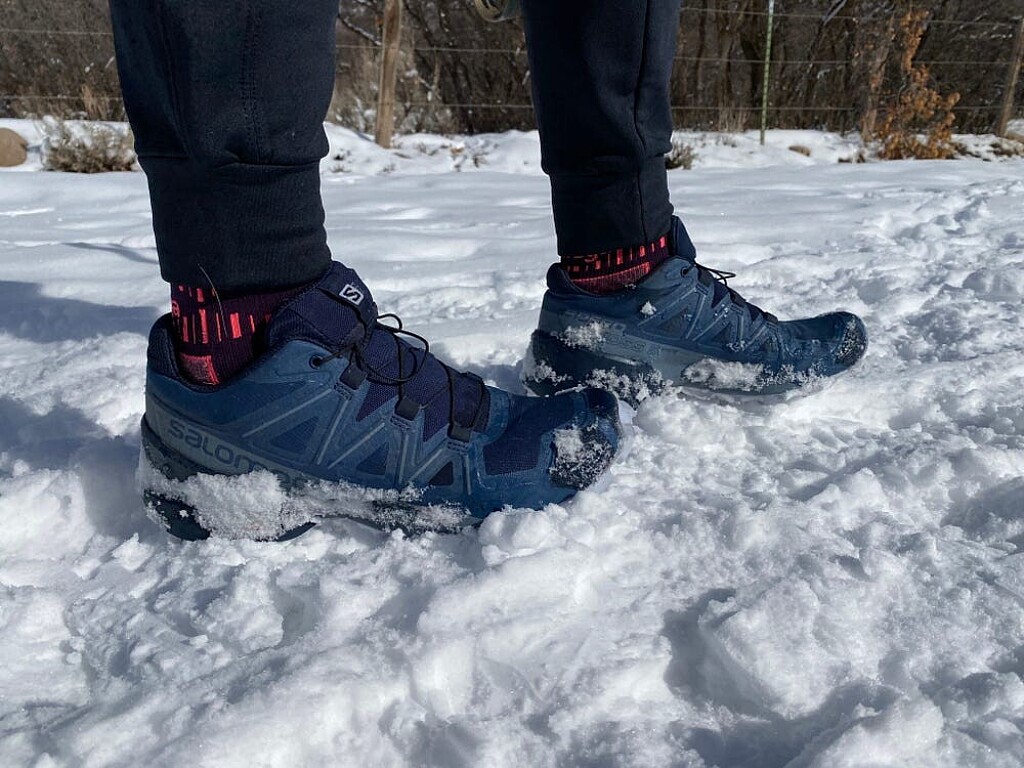Running News Daily
Running News Daily is edited by Bob Anderson. Send your news items to bob@mybestruns.com Advertising opportunities available. Train the Kenyan Way at KATA Kenya and Portugal owned and operated by Bob Anderson. Be sure to catch our movie A Long Run the movie KATA Running Camps and KATA Potato Farms - 31 now open in Kenya! https://kata.ke/
Index to Daily Posts · Sign Up For Updates · Run The World Feed
Why You Should Reach for Your Trail Shoes for Winter Road Running
It's dumping snow outside my office window, and I'm watching the black pavement and gray sidewalk disappear under a blanket of winter white. Instead of plotting a treadmill run because of the weather, I'm gleefully getting amped up for a "trail" run right from my front doorstep. As a runner who likes road running and doesn't mind the occasional treadmill or track session, but thrives (heart, soul, and body) on the natural surfaces of trails, I welcome winter weather for changing up my neighborhood once in a while. Plus, I think it's just dang fun to laugh in the face of adversity and run in a snowstorm; in a short amount of time, it makes me feel like I can do anything.
Another situational bonus: In a winter snowstorm, I'd rather run out the door than clean off my car and drive through town on potentially icy roads to reach a trail.

When the roads turn to trails because of a hearty snowstorm, sure, I pull on layers and gloves and a beanie. But I also reach for one key item of cold-weather gear: trail running shoes. Here's why.
Why Trail Shoes are Your Best Cold-Weather Running Shoes
No-Slip Grip
While road shoes have smooth outsoles, the toothy lugs on the underbelly of trail shoes are there to grip loose dirt, gravel, mud, and rocks. Coincidentally, they work great on snow. Road shoes all but guarantee a slip on snow and ice, while trail shoes dig in for secure footing. Choose trail shoes with especially luggy soles, opting for toothy protrusions of rubber over more-shallow tread patterns, for winter running.
Some trail shoes come with built-in, hard metal carbide spikes for extra icy conditions-just don't forget to take them off before walking across your nice wooden porch or interior floors.
(Note: An alternative or additional option for particularly slick winter surfaces is adding traction to any shoe; still, opt for trail shoes over road because of reasons below.)
Secure Foothold
Some road running shoes do a decent job of securing feet in place. Others skew more toward a sock-like fit, and can get away with the lack of support over the top of your foot because they're meant to run on smooth, flat roads. Trail running shoes, on the other hand, are built with heartier overlays, or, reinforcements of material that keep feet in place on everything from scree fields to off-camber trails cutting across the sides of a mountain. That kind of secure hold is what you want on snowy surfaces, where you never know just how much the snow is going to give-and subsequently, your foot is going to move-with every step.
Weather Protection
If you run in particularly cold or nasty winter weather regularly, or your feet tend to get cold to the point of pain on winter runs, opting for cold-weather trail running shoes made out of Gore-Tex or other winter barrier materials, like eVent, can help keep you comfortable. While there are a handful of road running shoe models available in Gore-Tex (Brooks Ghost GTX), more winterized options exist among trail running shoes. But even non-winterized trail shoes-without Gore-Tex or eVent uppers-can keep feet warmer than road shoes; the extra overlays and heartier materials of trail shoes add insulation.
Overall Burliness
To arm runners against pokey tree roots, pointy rocks and other natural features, trail running shoes are built with burlier materials than are road running shoes. Those burly materials both protect your feet from winter cold, and help keep shoes intact under the rigors of winter weather. Also, the lightweight midsole cushioning of many road running shoes can actually harden up under freezing temperatures, turning a usually plush road shoe to feel stiff underfoot. Most trail running shoe midsoles are selected to perform consistently under temperature ranges.
Also, there's an inherent, contagiousness of a trail shoe's burliness-it rubs off on the human stepping into them. Once armored with a rugged, durable, capable pair of trail running shoes, you're ready to head out the door and charge that winter weather for an oh-so-convenient, from-home trail run.
by Trail Runner Magazine
Login to leave a comment




